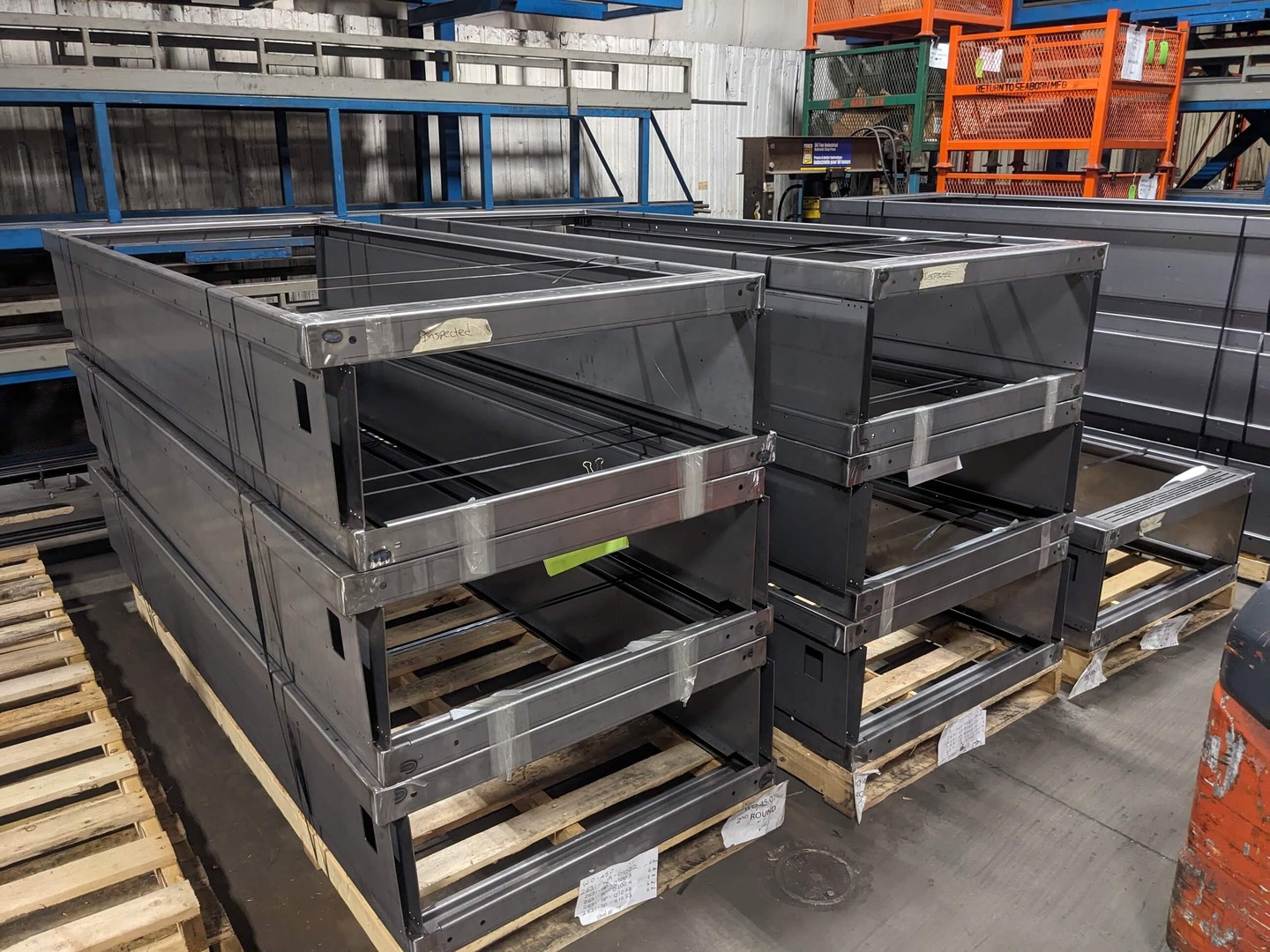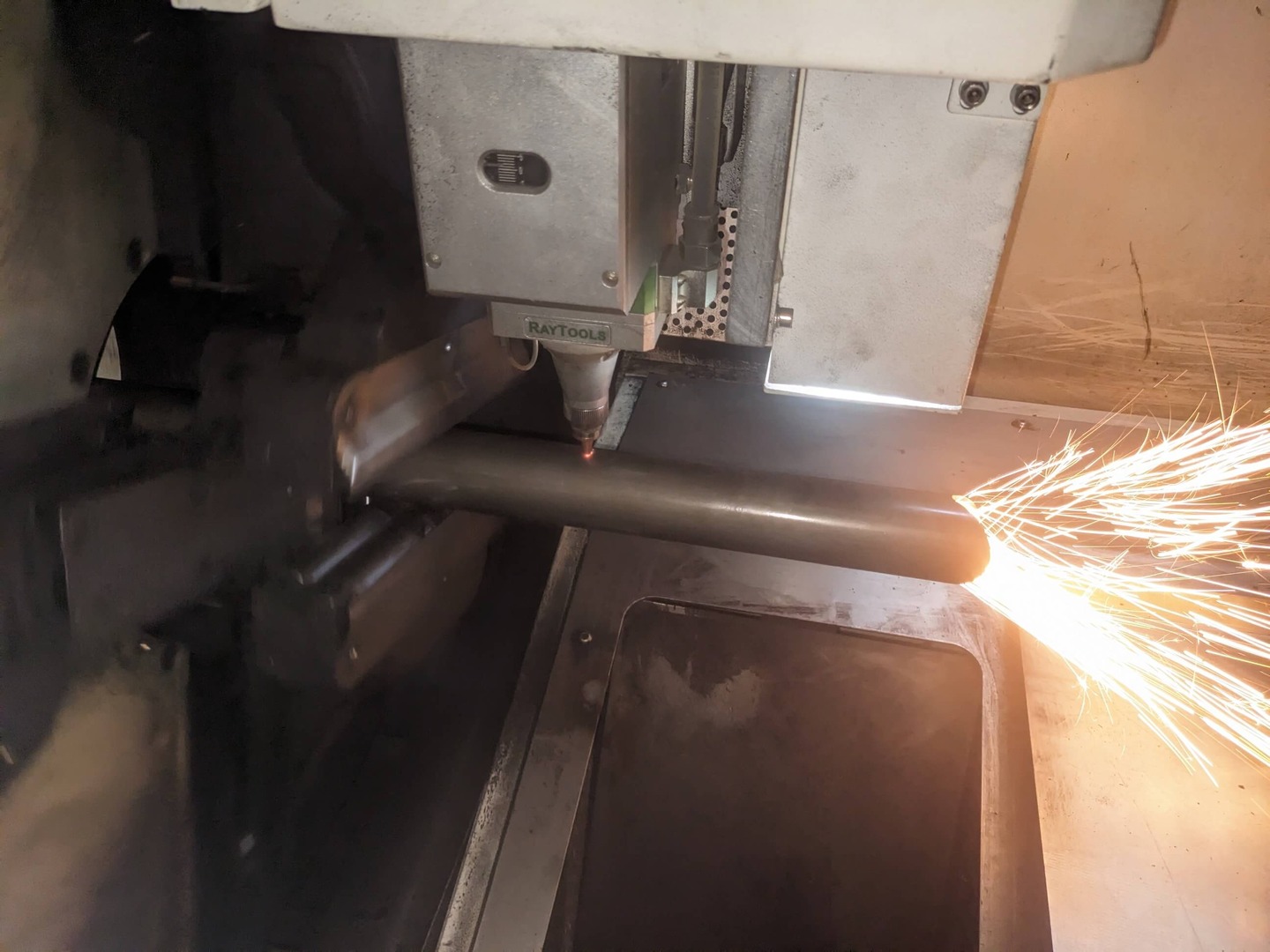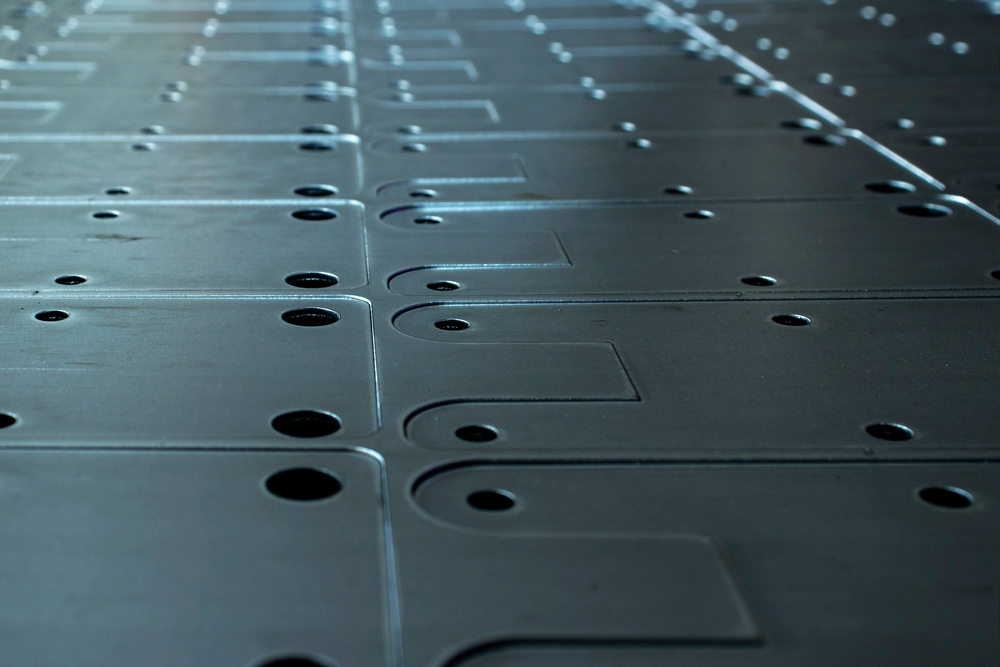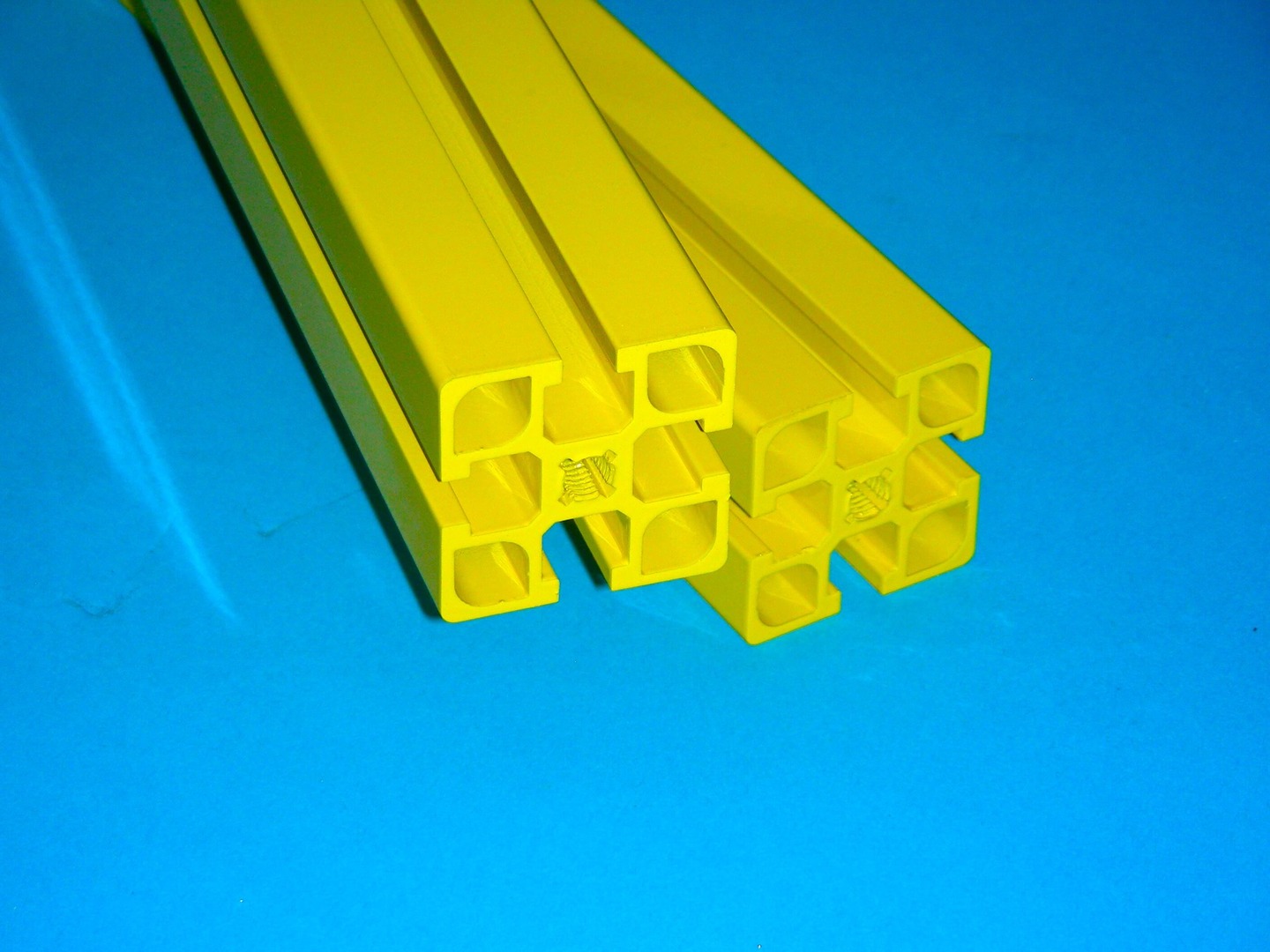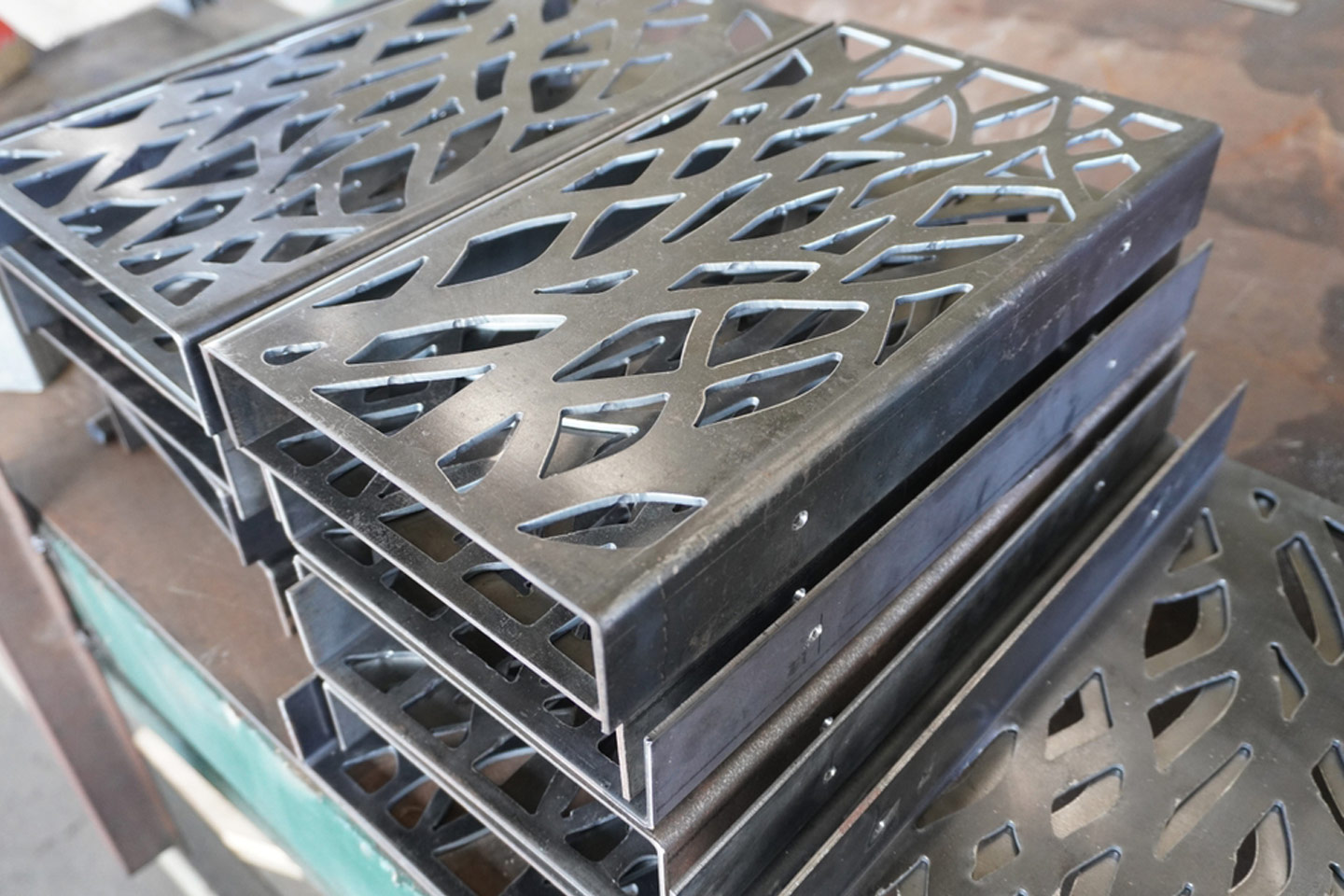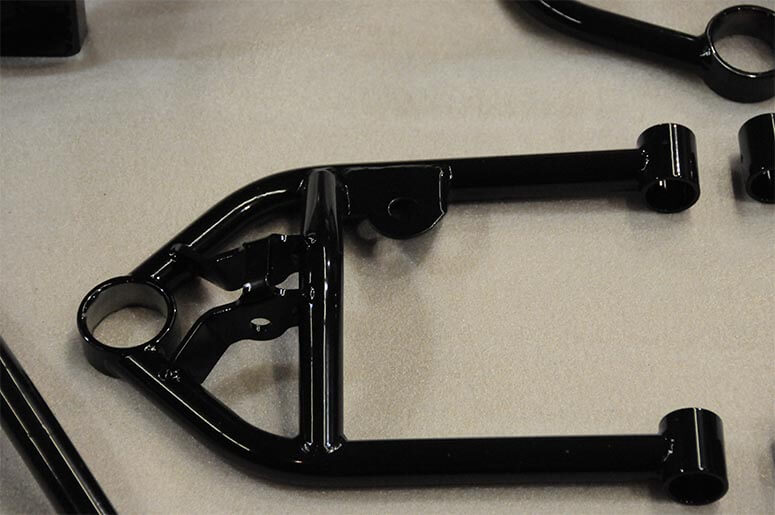Introduction
When it comes to providing a protective and aesthetic finish to a metal component after manufacturing, two of the most common and known options are powder coating and traditional painting. Both the applications serve the same purpose but differ significantly from each other.
For industries like manufacturing, automotive, furniture, recreational vehicles (RVs) and All Terrain Vehicles (ATVs), it is very crucial to choose the right finishing method as they rely on long-lasting and high performance coatings. The correct coating will extend the lifespan of a product, prevent corrosion, and enhance its appearance.
Pros and Cons of Powder Coating
Pros of Powder Coating
Exceptional Durability
Even in harsh environments, powder coating maintains its integrity. It creates a thin even layer, that is durable. The coating is widely resistant to scratches, chipping, fading and corrosion which makes it an ideal choice for equipment that are exposed to extreme weather conditions like metal furniture, outdoor equipment, RVs, ATVs, etc.
Eco- Friendly and Non- Toxic
Powder coating is completely free of solvents and does not release any harmful fumes into the air. It is also a sustainable option that causes reduced wastage of resources as the overspray from powder coating can be reclaimed.
Uniform and High Quality Finish
The powder from powder coating adheres to the metal surfaces evenly and smoothly. This ensures consistent color and texture and the finishing is without drips, stretches and bubbles.
Cost Effective
Powder Coating saves business money. It cost less to apply than wet paint typically. Coated parts tend to have a longer life span and lower maintenance needs after coating. Thus, saving the cost and time all around.
Higher Initial Cost
Initially, the setup for powder coating requires specialised and costly equipment, curing ovens and trained professionals, making the initial start cost quite a bit higher.
Limited on site application
When it comes to large structures and fixed equipment, powder coating may not always be a feasible option as it must be applied in a controlled environment and it cannot be done with minimal setup, making it impractical for some applications especially on site work.
Pros and Cons of Traditional Painting
Pros of Traditional Painting
Lower Initial Cost
Traditional liquid painting is a more accessible option for small-scale projects or businesses as it requires a lower upfront cost and also the equipment required for application are widely available and cheaper.
Ease of Application and Touch-Ups
In traditional painting, paint can be applied at room temperature and can be air dry. It is also a convenient option as it can be done in a workshop or on site , even for large structures and fixed parts requiring re- application or touch- ups.
Cons of Traditional Painting
Less Durable
The parts painted by traditional painting method often require maintenance and touch-ups in a short period of time as the paint can chip, peel, fade, or corrode in a short duration after application.
Longer Drying Time
Traditional Painting slows down the production time and mass as the painted parts can take even days to fully cure and become ready for assemblies.
Environmental Hazards
Traditional liquid paints contain VOCs and hazardous chemicals and even release harmful fumes into the air when used. This contributes to air pollution and poses health risks to workers.
Why Seaborn Prefers Powder Coating for Long-Lasting Results
At Seaborn Manufacturing, quality, durability, and sustainability are priorities in every project undertaken. That is why powder coating is what we choose as a metal coating.
Seaborn uses powder coat in order to ensure that the final products we provide our clients have long lasting finishes that can withstand tough conditions and maintain a high quality appearance at a lower cost.
We also focus on eco-friendly manufacturing practices which is another reason to powder coat it, eliminate VOC emissions and reduces hazardous waste, making it a cleaner, greener option.


